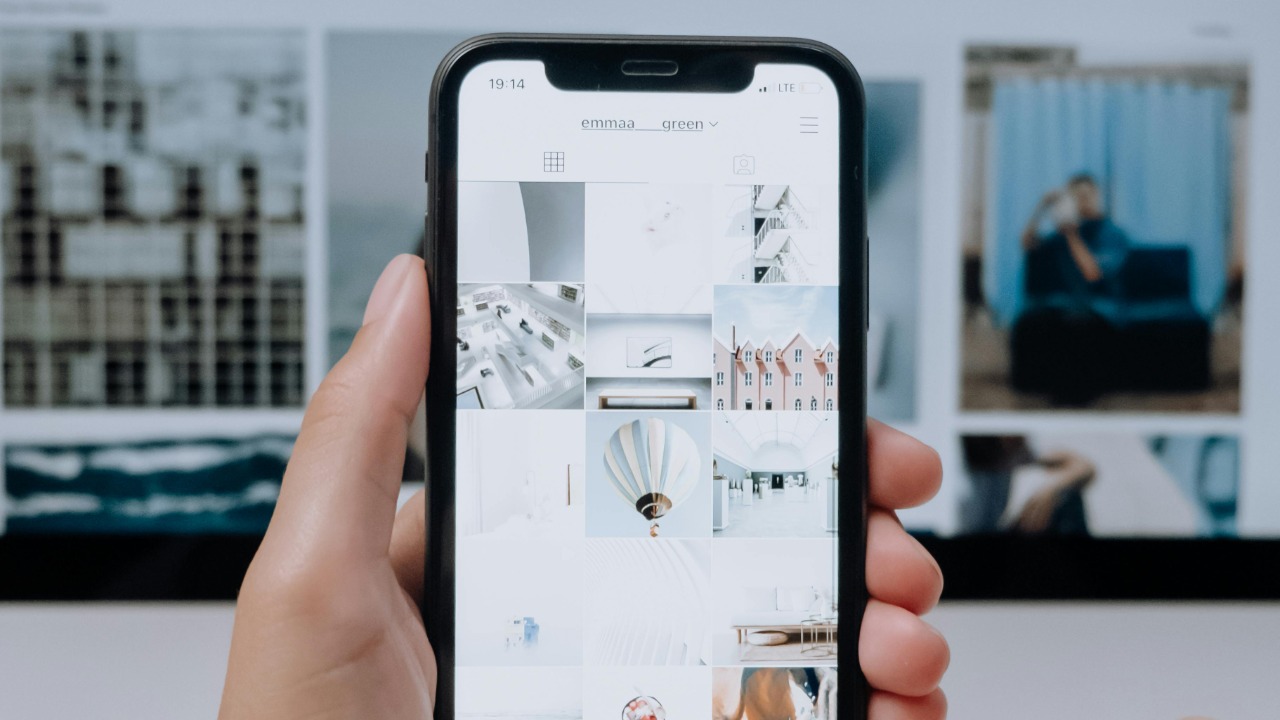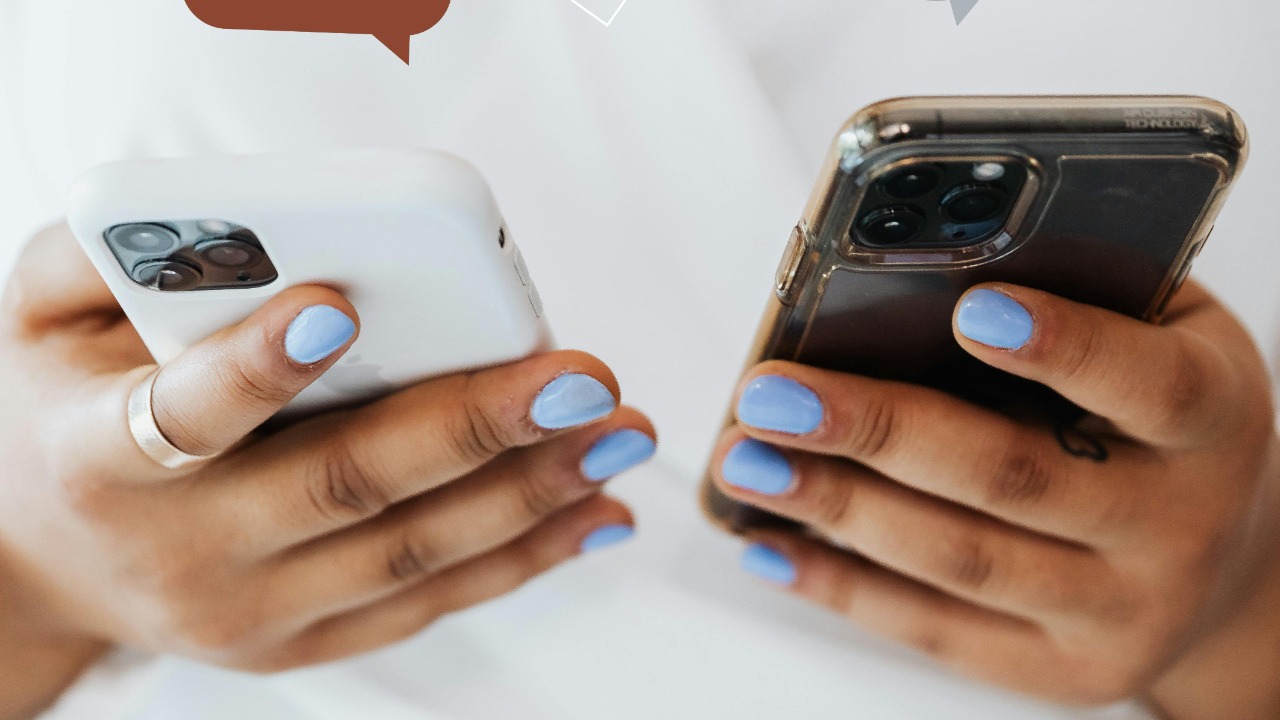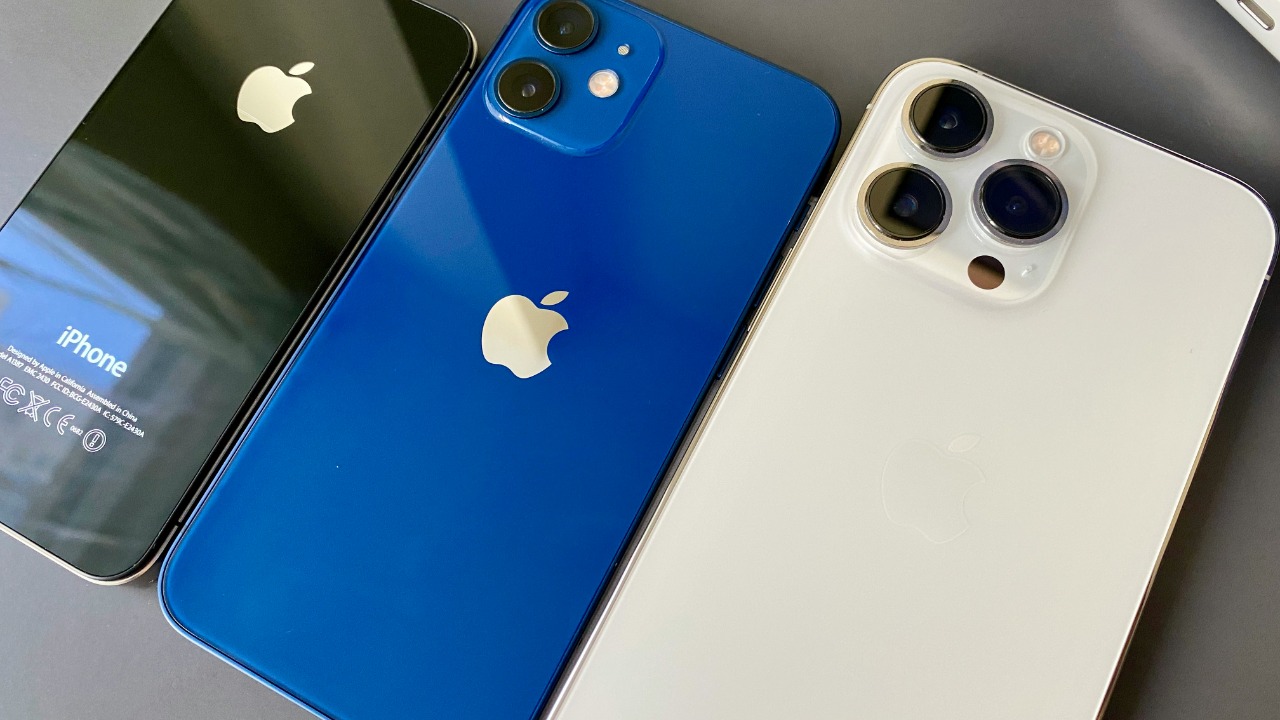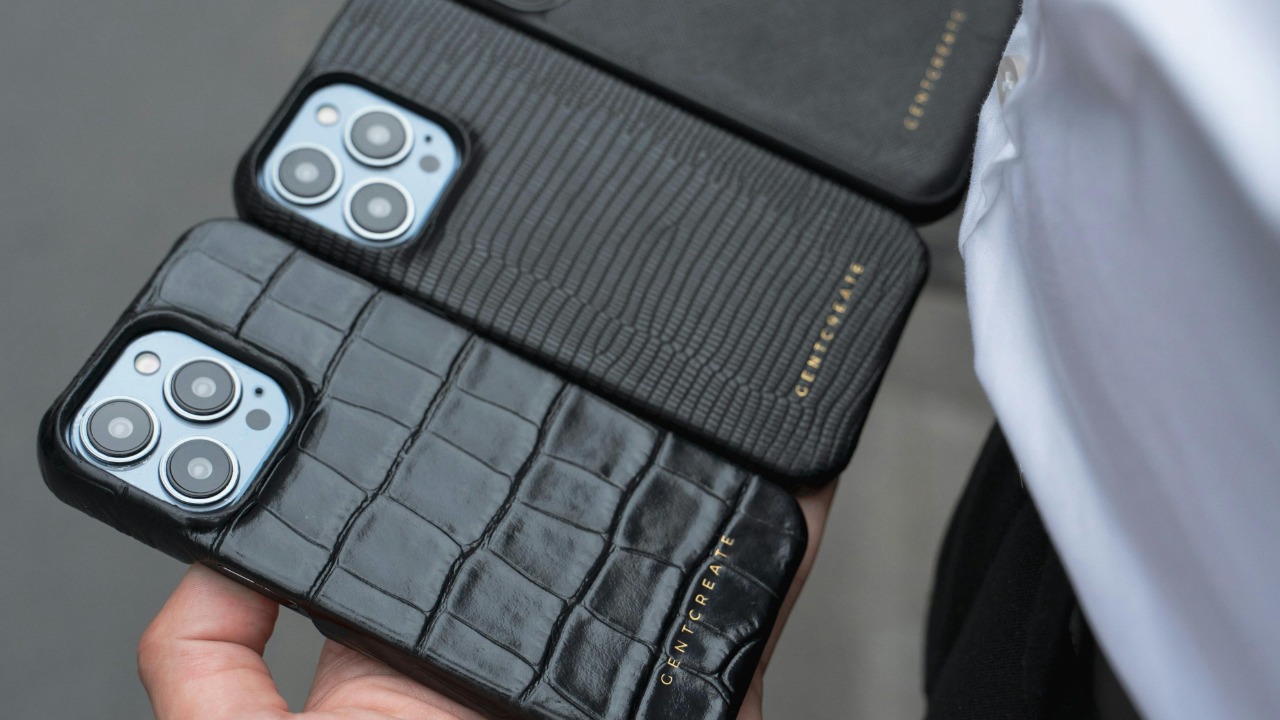
With the rising costs of new smartphones, many consumers are turning to refurbished iPhones as a cost-effective alternative. But the big question remains: will a refurbished iPhone last as long as a brand-new model? Exploring insights from various users and experts can help determine whether refurbished iPhones offer comparable longevity to new ones.
Understanding Refurbished iPhones

A refurbished iPhone is one that has been returned and restored to a like-new condition. This process typically involves rigorous testing, repairs, and replacements of faulty components, ensuring the phone meets certain quality standards. Most refurbished iPhones undergo a thorough inspection and are often backed by a warranty, providing an assurance of quality to consumers.
Refurbished iPhones differ significantly from used phones. While both are pre-owned, refurbished devices go through extensive testing and repairs, often including replacements of batteries and screens, and are sold by certified sellers. Used phones, on the other hand, are sold “as is” and generally lack any warranty or guarantee of functionality. The distinction also extends to consumer perceptions; while some may still harbor skepticism towards refurbished electronics, the stigma is gradually diminishing as the benefits become more apparent.
Longevity Factors for Refurbished iPhones

The longevity of a refurbished iPhone largely depends on the quality of its components and any replacements made during the refurbishment process. A common practice is replacing the battery, which can significantly enhance the phone’s lifespan. Similarly, replacing damaged screens and other critical components can restore the device’s functionality, making it comparable to a new phone.
Software updates are another crucial factor in the longevity of both new and refurbished iPhones. Apple continues to roll out iOS updates for older models, ensuring they remain functional and secure over time. However, some users report issues with performance after updates, such as those experiencing freezing issues with iOS 18.5. Usage patterns, such as frequency and intensity of use, also play a role in a device’s lifespan. Heavy users might find that their devices wear down quicker, regardless of whether they’re new or refurbished.
User Experiences and Satisfaction

Many users have shared positive testimonials about their experiences with refurbished iPhones, noting that these devices have served them well for several years. For instance, users often highlight the cost-effectiveness and reliability of refurbished models, emphasizing their satisfaction with the product’s performance over time.
However, some common complaints persist among refurbished iPhone users, such as performance lags and battery life concerns. These issues can lead to unexpected shutdowns and a less seamless experience compared to new models. When comparing satisfaction levels, some users of new iPhones report a more consistent and reliable performance, though this often comes at a higher cost.
Environmental and Economic Benefits

Purchasing a refurbished iPhone offers significant cost savings compared to buying a new model. The initial cost is lower, and refurbished phones often retain a reasonable resale value, providing economic benefits to budget-conscious consumers. Additionally, opting for a refurbished phone can lead to substantial savings over time.
From an environmental perspective, buying refurbished supports sustainability by reducing e-waste and conserving resources. The practice of refurbishing extends the life cycle of electronics, thereby minimizing the environmental footprint associated with manufacturing new devices. This aligns with global efforts to promote sustainability and reduce waste.
Expert Opinions and Recommendations

Insights from technology experts suggest that refurbished iPhones can be a reliable alternative to new models, provided they come from reputable sellers. Experts recommend checking for certifications and warranties when purchasing refurbished devices to ensure quality. Buyers are advised to look for sellers with a proven track record and positive reviews, as highlighted in guides like The New York Times Wirecutter’s advice on buying used iPhones.
Ultimately, whether a refurbished iPhone is a viable alternative for long-term use depends on individual needs and preferences. For those who prioritize cost savings and environmental impact, refurbished models offer substantial benefits. By following expert advice and choosing trusted sellers, consumers can enjoy a device that meets their needs without compromising on quality or reliability.